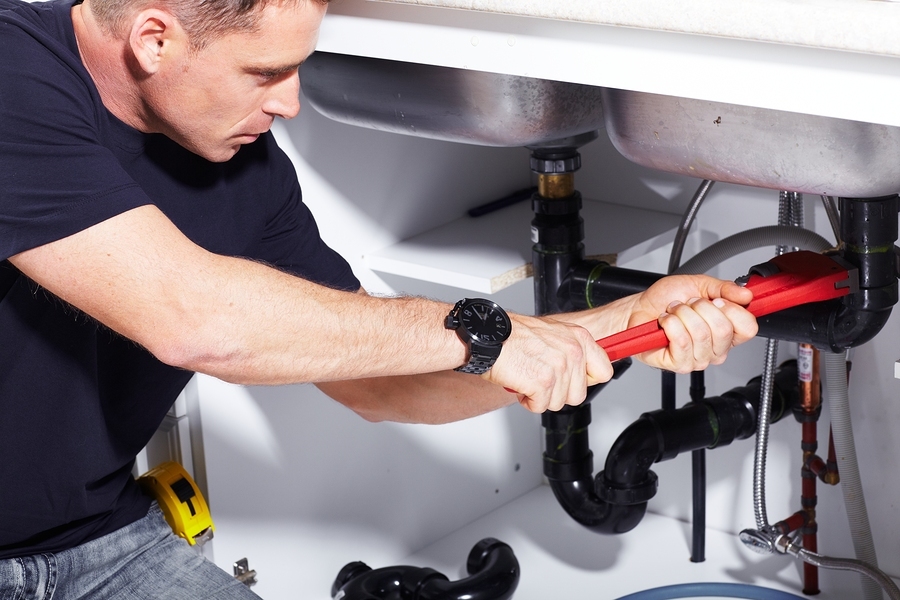
With the cost of living on the rise, finding ways to cut expenses is more important than ever. One area where you realize significant savings is on your water bill. Installing a few efficient plumbing fixtures and making minor repairs lead to substantial reductions in your water usage and bills.
The easiest way to start saving water and money is by checking for leaks. Thousands of gallons of water are wasted every month because of undetected leaks. Take a visual inspection of exposed pipes and connections. Listen for the sound of running water when fixtures are off. If you find a leak, shut off the water supply to that line and make repairs, or call a plumber Annandale to solve the problem quickly. Ongoing leaks in toilets can be detected using leak detector dye tablets, which will color the water in the toilet bowl if a leak is present. Attending to leaks promptly will maximize your water savings.
Install low-flow fixtures
Replacing outdated, water-guzzling plumbing fixtures with low-flow models can make a big difference. Low-flow showerheads restrict water flow to around 2.5 gallons per minute without compromising water pressure. Installing low-flow faucet aerators also cuts back on water waste while washing dishes or hands. Low-flow toilets use only 1.28 gallons per flush compared to older models, which use 3.5 gallons or more per flush. Install low-flow fixtures throughout your home, and you’ll immediately start saving water and money while still getting the pressure and performance you need.
Repair dripping faucets
The persistent drip-drip of leaky faucets wastes a surprising amount of water. A faucet that drips just one drop per second ends up wasting over 3 gallons of water per day. That adds up to over 1,000 gallons wasted every year for a single dripping faucet. Fixing the leak therefore saves thousands of gallons over time. Replacing old washers, O-rings, and valve seats in your faucets and showerheads can typically fix drips and restore proper water shutoff. This simple DIY repair requires only basic tools and plumbing knowledge and will start saving water immediately.
Insulate pipes
Preventing water loss from heat transfer also improves efficiency. Insulating exposed hot water pipes reduces heat loss as hot water travels to fixtures, allowing you to use less water while waiting for it to warm up. Insulating cold water pipes in hot environments like attics prevents cooling and condensation that leads to drips and leaks. Proper pipe insulation also protects against freezing in cold weather. Insulating both hot and cold pipes enables efficient water usage throughout your plumbing system.
Choose water efficient appliances
When purchasing new water-using appliances, spend some extra upfront for water-efficient models. Washing machines and dishwashers with sensor technology adjust water usage based on load size. Low water usage dishwashers use as little as 3 gallons per load versus older models, which use 10 or more gallons per load. Efficient water heaters with tankless or on-demand functionality use less energy and water by only heating it when needed. Over their lifetimes, efficient appliances save significant amounts of water compared to conventional models.

